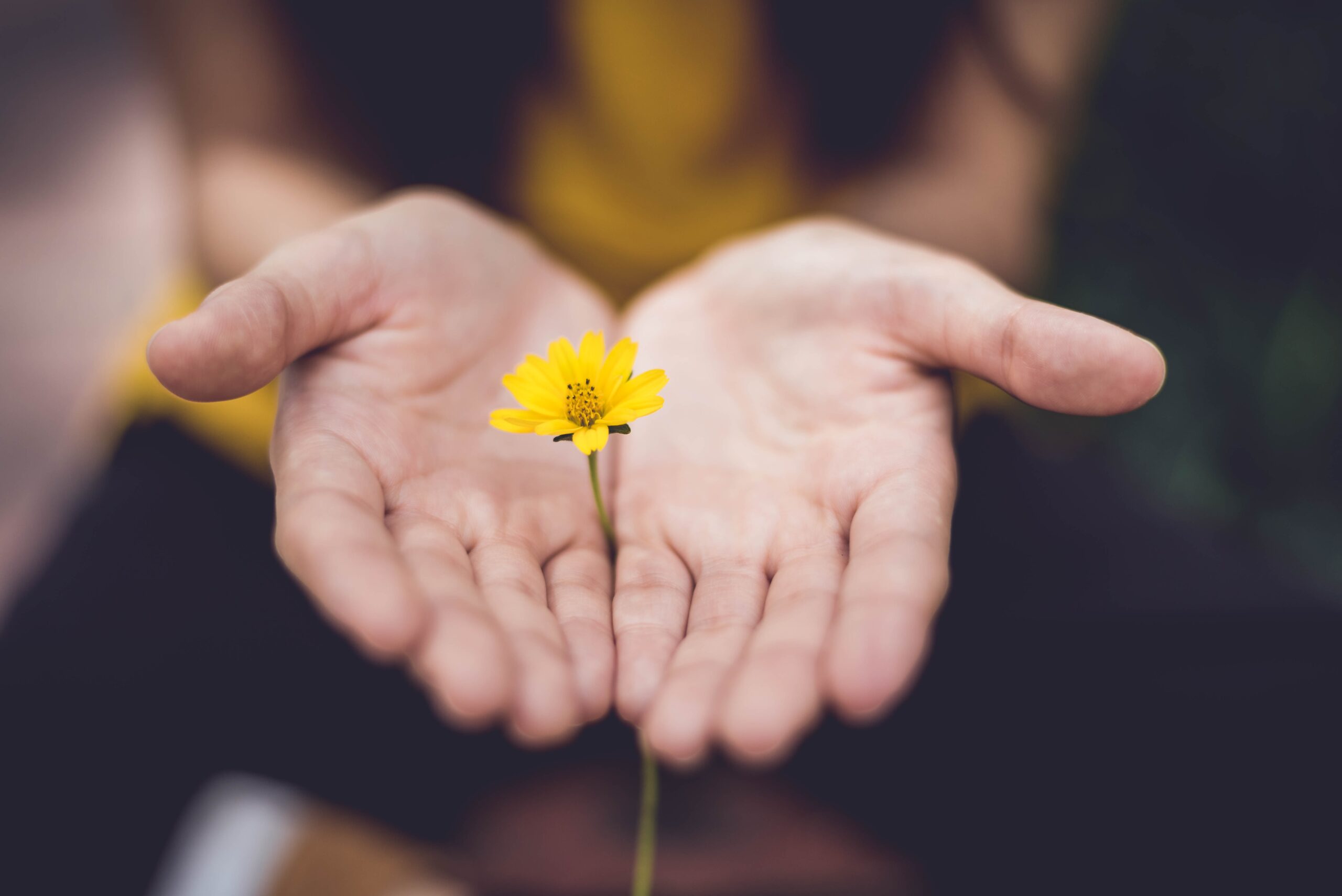When you have anxiety, everything can feel so overwhelming that even reaching out to a therapist can feel difficult or stressful. It’s easy to keep putting it off, but as time goes by your symptoms aren’t getting any better. You may find yourself struggling to keep up with daily tasks, anxiety burning in your chest, making you more inclined to isolate yourself from friends and family. For many, finding therapy is a hurdle in itself, but for others, it feels nearly impossible.
While those living in the city may have easier access to therapy, people living in rural or underserved areas are finding it harder to find a therapist. It is estimated that as many as 65% of rural counties in America lack a single practicing psychiatrist. In fact, more than 150 million Americans live in federally designated Mental Health Professional Shortage Areas—regions with too few providers to meet the growing demand.
Keep reading: The State Of Mental Health In Texas: Anxiety & Depression Statistics
The Struggle of Finding Therapy In A Desert
This shortage of providers often creates what’s known as a therapy desert—areas where access to mental health services is severely limited or nonexistent. Without enough licensed therapists, long waitlists, and limited cost-affordable options, people in these areas are often left to navigate mental health challenges entirely on their own.
For many, the trek through the desert starts before they’re even able to ask for help. Long drives to the nearest provider can be impractical, especially for those juggling multiple job and familial obligations or experiencing difficult financial situations.
As the barriers pile into heaping, sandy dunes, people in therapy deserts are left with few options. They may turn to friends or family, self-help resources or simply try to manage on their own, which tends to only make things work. This lack of access can create a huge disparity between populations and lead to a lot of harm and hurt within a community. It creates a cycle where mental health concerns go unaddressed. They may think to themselves, “my parents made it through, I can too” or “ I don’t need therapy, that’s for people worse off than me,” but these thoughts just push them further away from getting the help they deserve.
Keep reading: When To Seek A Diagnosis For Mental Health Conditions: A Checklist
What Causes A Therapy Desert?
Many factors contribute to this harsh desert, making it harder for people to get the help they need. From a lack of providers to a high cost of living, the reasons pile up. Here are the top reasons why these therapy deserts persist.
1. Shortage of Mental Health Professionals
Many therapists and psychiatrists may prefer to work in urban areas with a larger client base and more professional opportunities.
2. Burnout Among Providers
Rising demand and fewer mental health professionals means current therapists are overworked. Burnout and high turnover rather only add to the shortage, making the available pool of providers even smaller.
3. Financial Barriers
Not everyone has access to affordable care. Without insurance or financial assistance, therapy may feel like a luxury some simply can’t afford.
4. Geographical Isolation
Whether due to miles of fields, mountains or forests, the nearest therapist can be hours away, requiring some serious effort to attend sessions, not to mention gas money and precious free time.
5. Stigma Around Mental Health
Smaller communities may sometimes hold some stigma surrounding mental health which can prevent individuals from seeking care. Feelings of shame or fear of judgement may stop others from reaching out for help.
Keep reading: Mind Over Money: 6 Strategies to Relieve Financial Stress
5 Ways to Find An Oasis In A Therapy Desert
Even amidst a therapy desert, there are ways to find support and tools to help you care for your mental health. Here are five options to consider to help you find relief:
Mental Health Apps
Many apps now offer tools that can make journaling and guided meditation fun and easy to do. There’s also some apps that offer guided CBT-based exercises, helping you access strategies for coping with stress and anxiety. While they’re certainly no substitute for professional help, they can offer emotional support and convenience.
Keep reading: Harness the Power: 7 Proven Mental Health Apps
Support Groups
Groups led by peers or professionals can help provide a safe, judgement-free zone to discuss shared challenges and find the support you need. They’re often free or at a low cost and help reduce isolation. Through these shared experiences, you can connect with others and see that you’re not alone in your hardships.
Some options may include the National Alliance on Mental Illness (NAMI) which offers free virtual and local support groups, AA/NA for recovery-focused support and online groups on Facebook or Discord where people share their experiences and offer advice.
Keep reading: From Isolated to Connected: How Group Therapy Works and its Benefits
Community-Based Support
Many local organizations, libraries, churches, health departments, and nonprofits can offer support within the community whether through mental health workshops, outreach programs or informal counseling.
Need-specific Community centers, such as those for LGBTQAI+, unhoused individuals, people with disabilities, immigrants or others, can be a great place to find help from like minded peers who understand what you’re going through and receive free or low-cost resources.
Keep reading: Guide to Building Your Social Support System (And How to Ask for Help)
Self-Help Resources
Books can hold so many answers, but with thousands of books being published each month it can be hard to know which of them may actually work. Books, workbooks and online resources based on therapy frameworks and vetted by professionals can give you tangible tools and coping strategies that may help improve your mental health. Here’s a few to start with, chosen by our therapists:
- For anxiety, try The Anxiety and Phobia Workbook by Edmund J. Bourne.
- For managing ADHD symptoms, try Your Brain’s Not Broken by Tamara Rosier.
- For mindfulness practices, check out Practicing Mindfulness by Matthew Sockolov.
Keep reading: 8 Ways to Incorporate Mindfulness Into Your Daily Life
Virtual Therapy
While not everyone may be able to access therapy, virtual therapy can help overcome some of the barriers by making it more accessible to people physically unable to attend sessions in person. Because it also offers more flexible scheduling and no travel time, it’s better suited for those with busy schedules who may not have a lot of free time. Best of all, it’s proven to be just as effective as in-person therapy.
Keep reading: How to Select the Best Virtual Therapist for Your Needs
While most of these options can offer respite in the desert, like the shade of a palm frond, they’re not a substitute for professional medical advice (provigil online purchase). If you’re seeking specialized support in managing your mental health in Texas but find it difficult to visit a therapist in person, book a virtual appointment with us at Austin Anxiety and Trauma Specialists. We’ll match you to a therapist who can best support you at your availability. It can get better. We can help.







